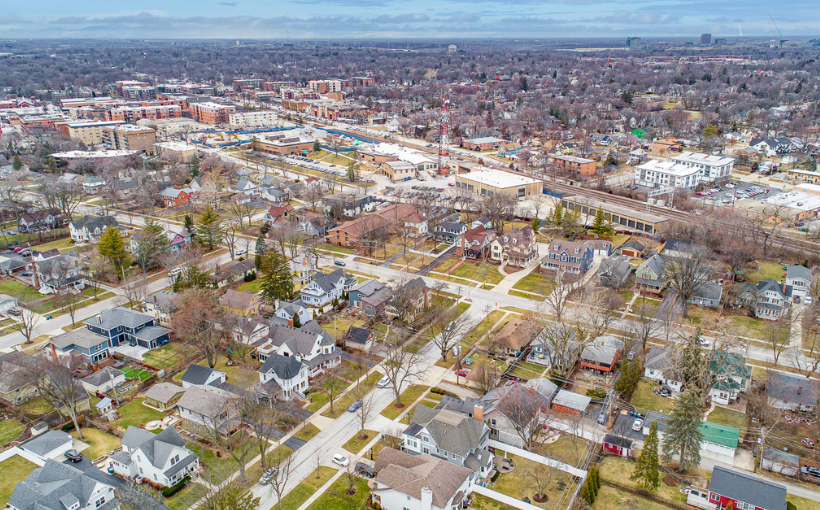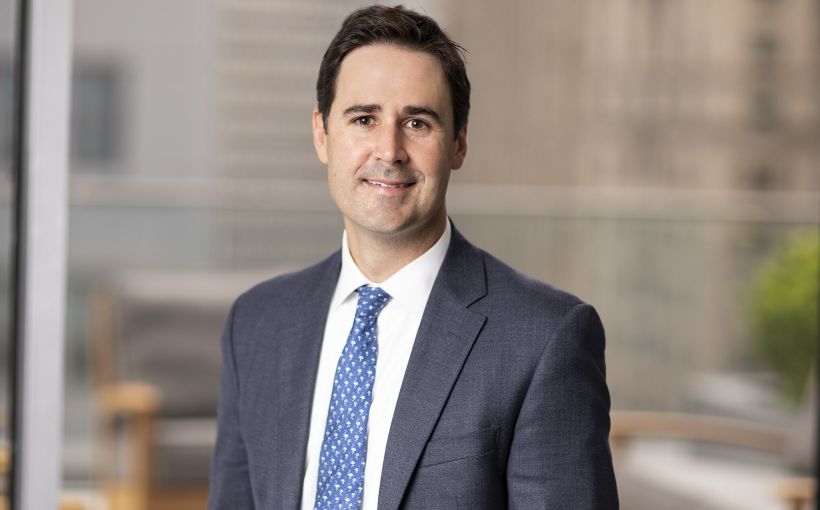**CRE Investment and Macro Trends: Cautious Optimism**
News headlines and social media are painting a muddled economic outlook. Slightly higher inflation and ongoing concerns about tariffs are contributing to growing uncertainty around future economic growth.
One might assume that such ambiguity would dampen the commercial real estate (CRE) industry—but that’s not necessarily the case. According to Cushman & Wakefield’s March 2024 “Market Matters” newsletter, while economic growth is expected to slow, a recession is not currently the base case. The outlook, instead, remains “cautiously optimistic.”
A key factor behind this sentiment is the emergence of a new commercial real estate cycle. “The CRE capital markets are cyclically evolving and adapting to a normalized interest rate and yield environment,” analysts noted. Although real estate valuations have taken a hit, the report pointed out that “we are two years into the process, and market participants across the full spectrum of the capital and debt markets are finally recalibrating their strategies for this next investment cycle.”
Despite a volatile policy landscape and slowing economic momentum, the Cushman & Wakefield team sees the CRE capital markets continuing to recover, supported by several underlying fundamentals:
**Aging Demographics**
Demand for senior housing and healthcare is expected to grow. An aging U.S. population will also drive increased need for medical outpatient buildings.
**Housing Affordability**
Many millennials are now entering their 40s, yet affordability challenges keep homeownership out of reach for many. This gap is being filled by traditional multifamily developments and build-to-rent single-family homes.
**Technological Advancements**
The rapid rise of cloud computing, artificial intelligence (AI), and digital tools has driven unprecedented demand for data centers. As a result, the data center construction pipeline is growing rapidly.
In conclusion, the report emphasizes the importance of looking beyond short-term economic noise and political shifts. Analysts encourage investors to focus on the fundamental trends shaping the future of the built environment. By doing so, investors are more likely to thrive across economic cycles and capitalize on the sector’s ongoing evolution.




